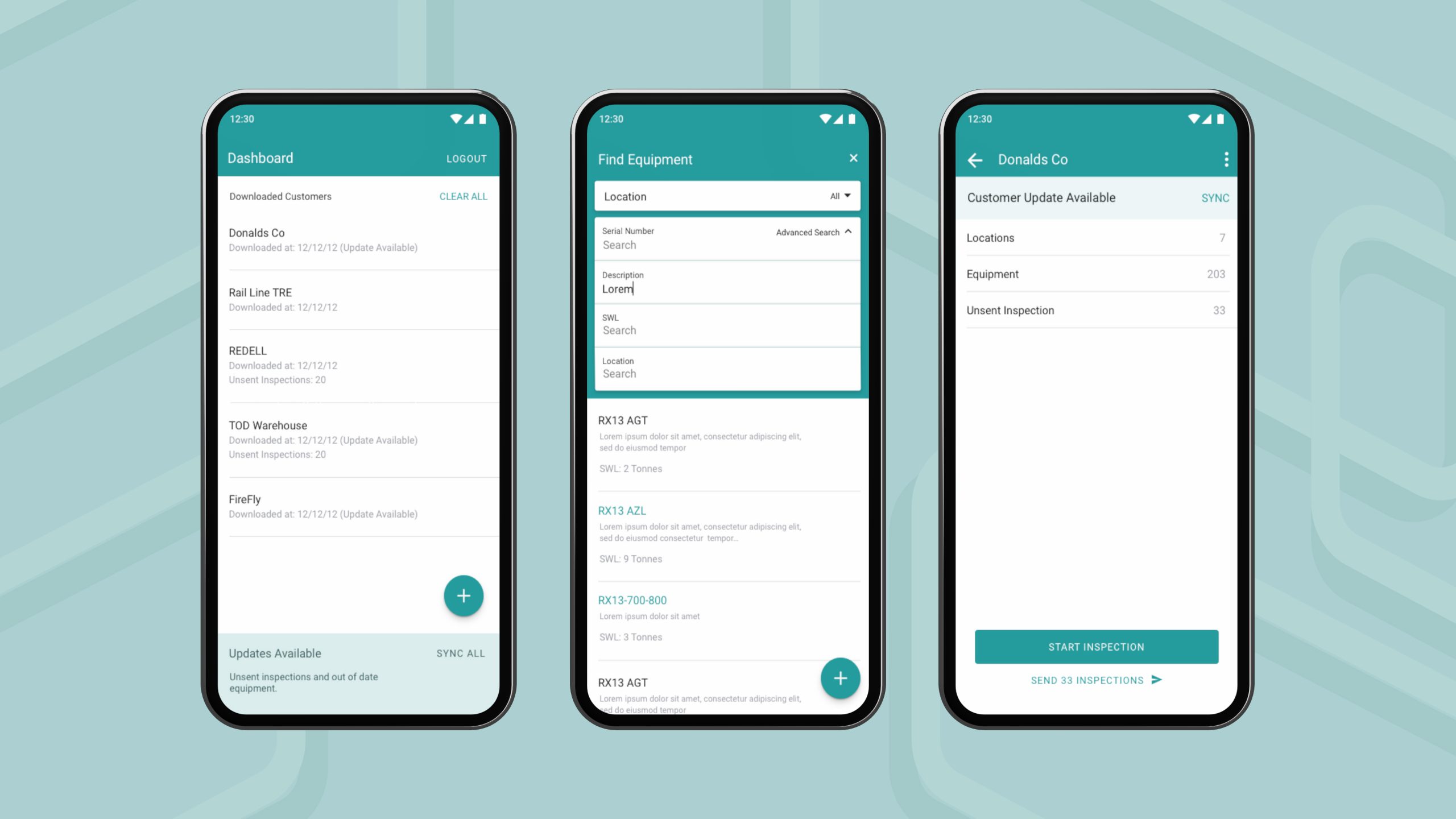Lifting Gear and Safety
Digitalising safety inspection reports
Enabling Lifting Gear & Safety engineers to quickly capture, store and sync important safety data without connectivity.



Previously we had a mobile version of our inspection reporting system, but we were unable to use this in areas of poor mobile data coverage or environments such and mines or chemical facilities where there are safety issues. Rareloop analysed a complex requirement and developed a solution which is easy for the user to understand and reliable. The app has given us much greater efficiency allowing our inspectors to have all the important information at their fingertips, record inspections and update records in a secure and simple manner. Synching with the main database is easy and records are updated in seconds.
Tim Wilson, Director
